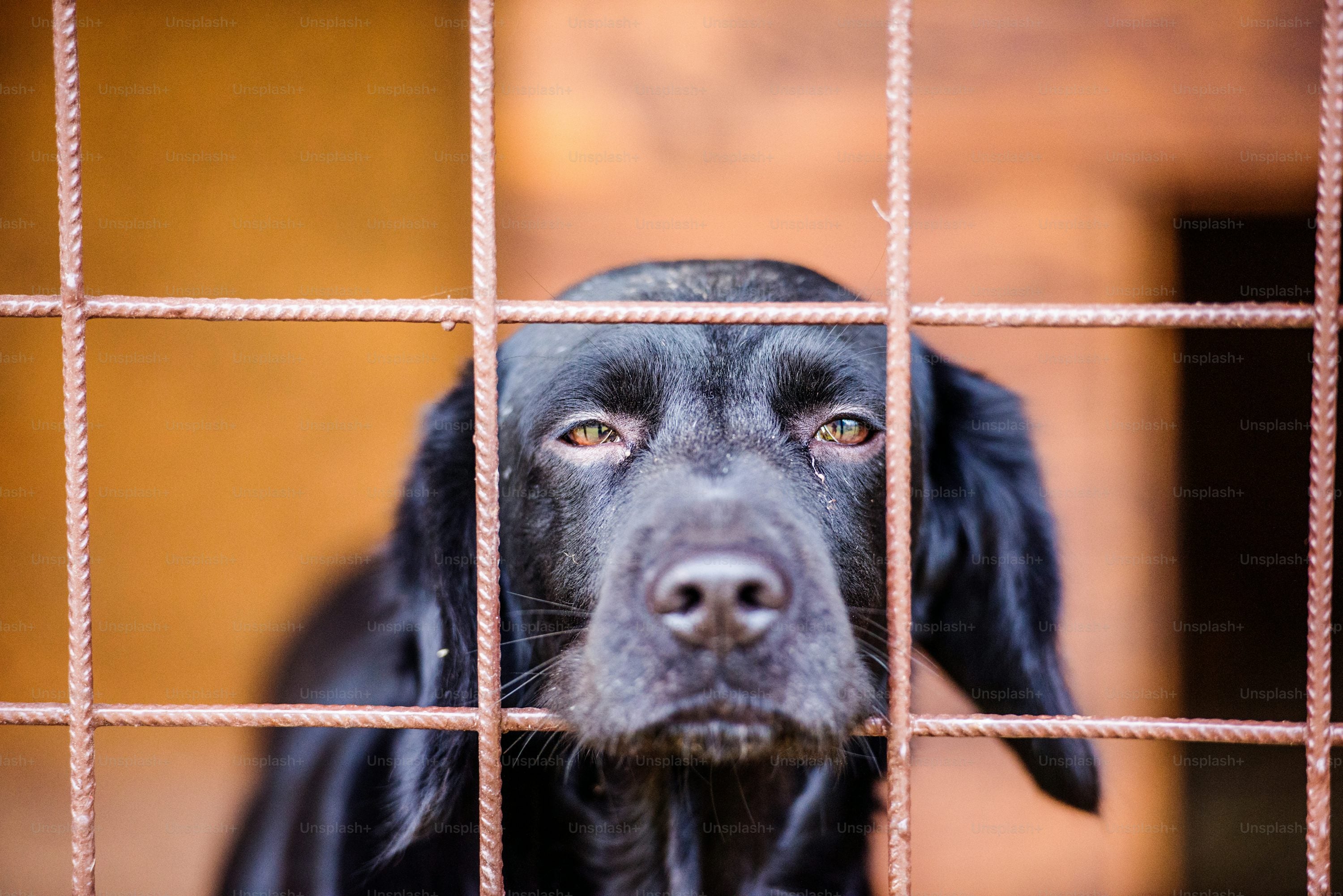Illegal dog trafficking is a distressing reality in today’s world, where dogs are no longer seen as loyal companions but treated as products for profit. The illegal trade of dogs has grown significantly over the years, driven by high demand, low regulation, and lucrative returns for traffickers. This blog delves into the chilling truth behind the illegal dog trade, how it impacts dogs and humans alike, and what can be done to combat it.
What is Illegal Dog Trafficking?
Illegal dog trafficking refers to the inhumane and unauthorized movement of dogs for commercial gain, often across national borders. Unlike legal breeding and adoption processes, illegal trafficking involves minimal or no oversight, meaning the animals suffer in appalling conditions. Dogs in this illegal market are often sold to unregulated breeders, pet stores, and even the meat trade, depending on the country and demand.
This illicit market treats dogs as commodities, disregarding their welfare, health, and rights. The illegal dog trade includes activities such as:
• Puppy mills: Large-scale, unlicensed breeding operations with severe animal cruelty.
• International trafficking: Smuggling dogs across borders to avoid quarantine or health regulations.
• Meat trade: In some regions, dogs are sold for human consumption, often stolen or collected under inhumane conditions.
• Exotic and rare breeds: Traffickers often seek to capitalize on the demand for rare or trendy breeds, increasing the appeal of buying trafficked dogs.
The Scale of the Problem
Illegal dog trafficking is a global problem, affecting both developed and developing countries. In regions with high demand for specific breeds, traffickers see an opportunity to bypass regulations and sell puppies at a high profit. According to the World Health Organization (WHO) and various animal welfare organizations, millions of dogs are trafficked each year, primarily in Europe, Asia, and parts of Latin America.
The Supply Chain of Dog Trafficking
Understanding the mechanics of illegal dog trafficking highlights the scale and complexity of this dark industry. Here’s a simplified breakdown:
1. Breeding or Theft: Traffickers may breed dogs in deplorable conditions, or even steal pets from unsuspecting families.
2. Transport: Dogs are transported in unregulated and overcrowded vehicles, often without proper food, water, or ventilation.
3. Fake Documentation: For dogs that cross borders, traffickers forge health and vaccination records to avoid detection.
4. Distribution: Once trafficked dogs reach their destination, they are sold in online marketplaces, street markets, or pet stores, often under the guise of being responsibly bred.
The Impact of Dog Trafficking on Animals
The lives of trafficked dogs are marked by suffering and abuse. Here’s how this illegal trade affects these innocent animals:
• Health Issues: Due to overcrowded conditions and lack of veterinary care, trafficked dogs often carry diseases, malnutrition, and genetic disorders.
• Psychological Trauma: The inhumane treatment leads to behavioral issues, anxiety, and distrust of humans.
• Early Death: Many trafficked dogs, especially puppies, do not survive the journey due to stress, dehydration, and exposure to diseases.
How Dog Trafficking Affects People and Communities
Illegal dog trafficking doesn’t just harm animals; it also poses risks to humans and communities:
• Health Risks: Trafficked dogs may carry zoonotic diseases (diseases that can jump from animals to humans), such as rabies, which poses serious health threats.
• Economic Consequences: Illegally trafficked dogs disrupt the legal pet trade, costing local breeders and pet shops legitimate revenue.
• Emotional Toll: Families who unknowingly purchase trafficked dogs may face the emotional burden of dealing with sick or traumatized pets.
How to Identify an Illegally Trafficked Dog
If you’re considering adopting or purchasing a dog, it’s essential to be vigilant and ensure you’re not supporting the illegal dog trade. Here are signs to watch out for:
• Unclear documentation: Legitimate breeders or adoption centers provide clear, verifiable paperwork on the dog’s origin, health status, and vaccinations.
• Suspicious pricing: If a purebred or rare breed is being sold at a significantly low price, it may be a red flag.
• No visit allowed: Responsible breeders and shelters encourage you to visit their facility, meet the dog’s parents, and understand their environment. If a seller avoids this, it may indicate an illegal operation.
• Poor health or unusual behavior: Sick, malnourished, or overly fearful puppies can be a sign that they have been trafficked and subjected to abusive conditions.
Combating the Illegal Dog Trade: What You Can Do
Tackling illegal dog trafficking requires a multi-faceted approach that involves awareness, policy changes, and responsible actions from individuals. Here’s how you can make a difference:
1. Adopt, Don’t Shop
Choosing to adopt from reputable shelters or rescue organizations helps reduce demand for trafficked dogs. Shelters often have a variety of breeds, including purebreds, and follow strict protocols to ensure the health and welfare of animals in their care.
2. Report Suspicious Sellers
If you come across sellers with suspicious practices, report them to local animal welfare authorities. Online marketplaces are also cracking down on the sale of trafficked animals, but they rely on public vigilance.
3. Support Legislation Against Animal Trafficking
Advocating for stricter laws and regulations on animal trafficking can help curb this issue. Many countries need tougher penalties for traffickers and more stringent health checks on animals crossing borders.
4. Educate Yourself and Others
Raising awareness about the illegal dog trade helps reduce demand for trafficked dogs. Educate friends, family, and community members on the risks of supporting illegal sellers and the importance of ethical adoption.
Conclusion
Illegal dog trafficking is a brutal industry that treats dogs as mere products, subjecting them to unimaginable cruelty for profit. By understanding the scope of the problem, recognizing the signs of trafficked dogs, and making informed choices, we can collectively fight against this inhumane trade. Choose adoption, report suspicious activity, and support policies that protect animals from exploitation. Together, we can help dismantle the dark world of dog trafficking and create a safer world for our canine friends.



Share:
Pet Sitter vs. Pet Hotel: Which is Best for Your Furry Friend?
Keep Your Clothes and Home Hair-Free with the Washable Portable Hair Removal Rolle